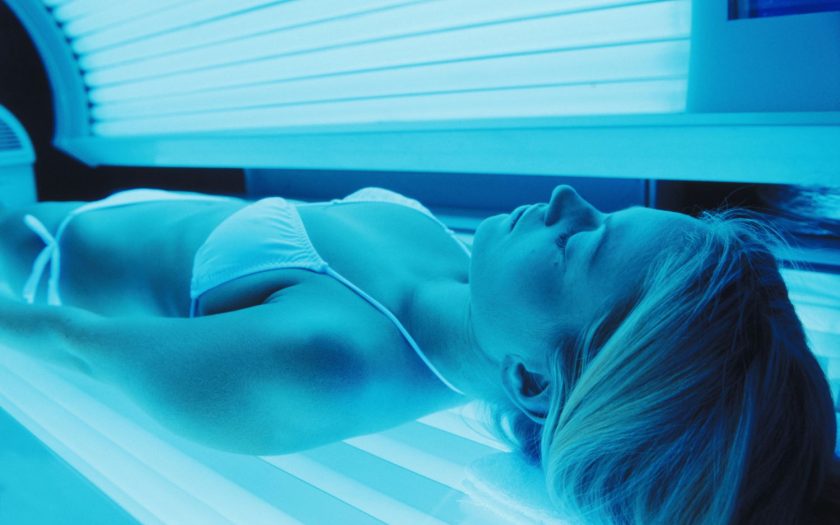The desire to have a beautiful tan is shared by many, especially when there is not enough natural sunlight. Solariums emit UV radiation, simulating the effects of the sun. UV-A and UV-B rays are two main types, each of which affects the skin differently. UV-A is responsible for tanning, while UV-B can cause sunburn.
Consultations with professionals
Seeking advice from a skin care professional or dermatologist is an important step before starting any tanning regimen. Analysis of the skin helps determine its type and sensitivity to UV radiation, allowing specialists to develop recommendations that meet your individual needs.
In addition, experts unanimously advise to avoid a long procedure during the first sessions. Gradually increasing the duration of tanning sessions reduces the risk of sunburn and allows the skin to adapt to the effects of UV rays.
Choosing the right solarium
Not all tanning beds are created equal. Give preference to solariums that regularly maintain and calibrate their equipment. Also, high-quality tanning beds provide a more controlled and safe environment for tanning.
Eye protection
Wearing eye protection such as UV blocking glasses is a must. Ultraviolet radiation can damage your eyes and lead to conditions such as photokeratitis or cataracts. Eye protection is just as important as skin protection.
Moisturizing the skin
Moisturized skin tans better and is less prone to dryness and peeling. Moisturize your skin before tanning to nourish it and maintain elasticity.
Sunscreen for sensitive areas
Certain areas of the body, such as the face and lips, are more sensitive to UV radiation. Applying sunscreen such as Daylong Extreme SPF 50+ Lotion or Sunkroma to these areas provides an additional level of protection. Daylong Extreme SPF 50+ Lotion is a liposomal sunscreen designed to protect sensitive skin in extreme or harsh conditions of prolonged exposure (such as solariums). Sunkroma (Zinc Oxide) is a topical lotion that operates by forming a protective layer on the areas of application while moisturizing the skin and allowing it to remain exposed to fresh air.
Avoid excessive exposure
Don’t be tempted to overdo it. Excessive exposure to ultraviolet radiation increases the risk of skin damage, premature aging, and most importantly, skin cancer. Follow the recommendations and listen to your body.
Skin care after tanning
Skin care after tanning is no less important. Use moisturizing lotions to replace lost moisture and minimize possible irritation.
Regular skin examinations
Pay attention to changes in the condition of the skin. Check regularly for new moles, discoloration, or abnormalities. If you notice anything unusual, see a dermatologist as soon as possible.
A combination of knowledge and responsibility is necessary for safe and beautiful tanning in a solarium. By following the advice of specialists and following a careful approach, you can enjoy the benefits of indoor tanning

